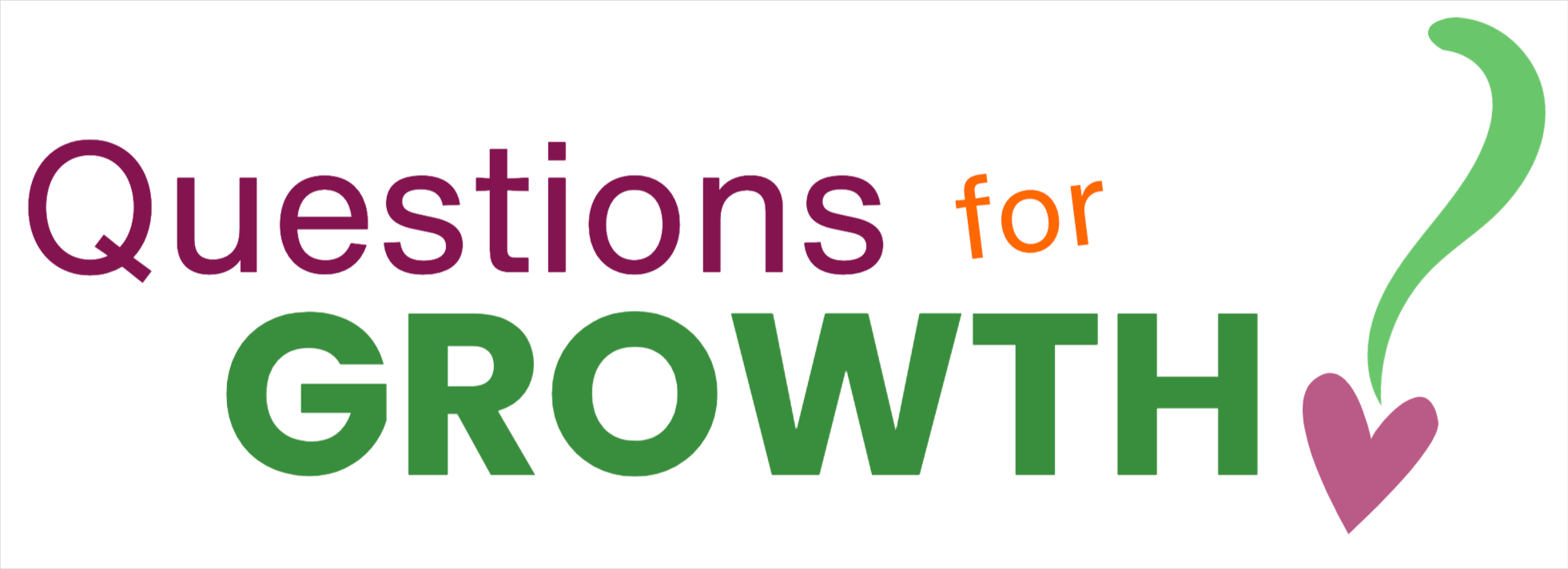In my last post of this Maps of Meaning series, I explored Jordan Peterson’s first 6 Maps of Meaning—a course that lays out the psychological architecture of how we find purpose in a world where chaos is always just around the corner. That course introduced the core idea: meaning emerges when we willingly step into the unknown, confront what terrifies us, and transform it into something liveable.
This next phase of the journey goes deeper.
If Maps of Meaning is the terrain, then the lectures that follow are a walk through it—step by step, story by story. Drawing from ancient myth, biblical narrative, and psychological insight, Peterson maps out what transformation really looks like: not a linear climb, but a descent into disorder, a wrestling with fear, and a return bearing renewed vision and strength.
This blog builds on the last one. It gathers the themes of suffering, responsibility, sacrifice, and renewal into one coherent arc—the archetypal journey through the desert, across the sea, into the belly of the beast, and back out again. These aren’t just stories. They’re instructions for how to live when everything falls apart.
If you’ve ever felt stuck between who you are and who you could be, between what you know and what you fear, this may offer both language and direction for the path ahead.
Through the Desert: The Narrative of Transformation
Human growth follows a universal pattern: stable order is disrupted, chaos emerges, and a deeper, more coherent order is re-established. This cycle appears across personal development, scientific revolutions, and childhood learning, all of which require the painful dismantling of old beliefs. Yet it is precisely this disruption that brings meaning, vitality, and lasting transformation.
Our lives are structured in nested frames—skills serving goals, and goals serving overarching life narratives. Learning reshapes these frames not just mentally, but emotionally and biologically. True transformation happens at the edge of competence, where challenge and fear are balanced, and where meaning signals that growth is occurring.
Stories matter because they reflect this deep structure. When science, myth, and philosophy align in narrative form, they reveal truths that resonate across disciplines. The Exodus story, for instance, provides a powerful map: from tyranny through chaos to ordered freedom. Moses models how leadership and responsibility—not mere liberation—forge sovereignty. By implementing subsidiarity, Moses delegates responsibility, avoiding tyranny and modelling how healthy systems function. His laws, the Ten Commandments, emerge from lived judgment, showing that lasting principles grow from practice, not decree.
Work, too, is part of this arc. When infused with vision and meaning, sacrifice becomes purposeful—it marks the shift from servitude to agency. Crossing the Red Sea symbolises a decisive break from the old, a leap into chaos guided by the instinct for meaning.
All heroic narratives share this same trajectory: the confrontation with chaos, the discovery of hidden potential, and the return with wisdom. Symbols like the dragon (chaos and treasure), the feminine (nurturing and challenging), and the heroic masculine (transformative action) reveal essential psychological truths.
In a fragmented age, meta-narratives provide a shared structure for growth. The Christian passion stands as a pinnacle of this pattern—voluntary suffering in pursuit of the highest good. Such stories aren’t constraints; they’re frameworks for renewal, helping individuals and cultures face difficulty and build toward deeper order.
Reflective Questions:
- Where in your life are you resisting necessary transformation?
- What vision could guide you through your own ‘desert’ toward greater order and purpose?
Shields Against Catastrophe: Order, Chaos, and the Narrative of Survival
Social Structures as Shields
Human beings survive chaos through social structures—traditions, laws, and moral orders—that act as protective shields. Myths, like God clothing Adam and Eve or the Mesopotamian story of Tiamat, show that when foundational order is destroyed, chaos returns with destructive force. Marduk, the heroic god, symbolises the creation of order through vision, speech, and responsibility—an eternal pattern of transformation.
Collapse often stems from willful blindness. Problems ignored grow monstrous, and without renewal, systems decay into lifeless formality. Myths map this reality using symbols: dragons (chaos and potential), kings (order), the feminine (nurturing and devouring), and the hero (redeemer). These archetypes reflect psychological truths better than abstract theories.
When society rejects overarching narratives, meaning fragments. Stories like Job or Christ’s Passion remind us that dignity and purpose can endure even in unjust suffering. True transformation comes through voluntary confrontation with chaos, not escape—offering not comfort, but redemption.
Reflective Prompts:
- When have you ignored a growing problem until it became a crisis? What did that teach you about avoidance?
- In facing suffering, do you respond with resentment or with a recommitment to your highest values?
The Hero’s Descent
The hero’s descent begins with chaos giving birth to the feminine in both nurturing and destructive forms—a duality often overlooked. Myths reflect this: the divine feminine offers both love and challenge, enabling the hero’s journey. Hercules, protected by divine and earthly forces, represents this readiness to face the unknown.
The recurring motif of the walled city under threat shows the need for heroic descent—into chaos, to retrieve treasure and restore order. Modern stories, like Pinocchio rescuing his father, symbolise personal growth through voluntary confrontation with fear.
In Egyptian myth, Horus defeats chaos (Seth), loses an eye, and gives it to his father Osiris—renewing tradition rather than rejecting it. True sovereignty arises from fusing vision and inherited wisdom, a pattern mirrored in democratic ideals and human dignity.
Societies decay without transformation. Renewal comes through sacrifice—not rigid ideology, but a living process of confronting death and revitalising life. The hero replaces the tyrant by integrating chaos and order, forgiving the past, and aiming higher.
The vierge ouvrante—a sculpture of Mary, God, and Christ—symbolises this structure: divine suffering held within the world. Through daily sacrifice, gratitude, and honest aim, we shape character and culture. Prayer isn’t wish-fulfilment but alignment with transformative purpose.
Reflective Questions:
- What problem in the world most disturbs you—and might it be your call to heroism?
- What part of your past or culture needs vision restored to it, rather than being discarded?
Compass of Conscience
The hero’s journey maps a path through chaos, guided by conscience and vision. Chaos, symbolised by the dragon, is full of threat and potential. Order brings security but can become tyranny. The hero must navigate between the two, bringing transformation through courage and responsibility.
Consciousness, as depicted in Genesis, is a divine force—Logos—that shapes order from chaos. When aimed rightly, it redeems suffering. All myths of heroism—from Marduk to Christ—depict voluntary confrontation with chaos or tyranny, resulting in renewal. Pain is real, but what overcomes it—truth, love, sacrifice—is more real still.
Chaos also lives in unresolved pasts. Avoidance breeds instability, while facing fears incrementally—through confession or therapy—restores order. Mapping one’s life across past, present, and future transforms time into purposeful movement. If a goal energises and aligns with your instincts, it becomes a compass through uncertainty.
Responsibility, not comfort, redeems us. Christ bearing the cross symbolises humanity’s highest aim: to confront suffering and transform it. When conscience is ignored, chaos returns—as in Jonah’s story. But when he listens and acts, transformation follows.
Your conscience is your compass. What troubles you most may be your call to meaningful action.
Confronting the Serpent
In Exodus, the serpents sent to the Israelites reveal a key truth: bitterness unaddressed intensifies suffering. Healing comes not through escape but through courageous confrontation. God instructs Moses to lift a bronze serpent—those who look at it are healed. This symbolises exposure therapy: transformation through voluntarily facing what harms us.
The crucifix mirrors this principle. Christ, like the serpent, is lifted up—not to avoid suffering but to redeem it. By confronting the worst—death, betrayal, malevolence—we find healing. This isn’t optimism, but the courageous integration of truth.
Christ’s story unites tragedy and redemption. He embodies both law and vision, showing that transformation is possible when we face internal flaws and external evil. This principle grounds community: voluntary sacrifice for a higher truth, as seen in enduring relationships and social structures.
Facing Evil: A Necessary Descent
True change requires descent—into suffering and darkness. Myths and behavioural science agree: we grow stronger not by removing fear, but by facing it. Bravery, once cultivated, becomes a trait. This is the path of the cross, and of the hero—open to all.
Redemption Is Psychological and Spiritual
We don’t become less afraid. We become braver. And bravery generalises. Once you’ve faced the serpent once, you become the kind of person who can face it again. This is what it means to carry the cross. It’s the path of the hero. And it’s open to each of us, now.
What poison are you avoiding that, if faced voluntarily, could become your source of strength?
What would your life look like if you lived as though voluntary sacrifice was the foundation of community, truth, and healing?
Faith in the Future
In Exodus, the serpents sent by God reveal a vital truth: unresolved resentment deepens suffering. Healing comes not by escape, but by facing the poison directly. The bronze serpent, like the staff of Asclepius, symbolises exposure and transformation—true healing comes through voluntary confrontation.
Christ’s crucifixion mirrors this: the instrument of death becomes the source of redemption. Looking upon the crucified—our deepest suffering—with faith transforms poison into medicine. This is not optimism, but courage to face malevolence with integrity.
Christ’s story unites tragedy and redemption, tradition and vision. We carry both the capacity for evil and for renewal—if we face our flaws directly. Community is built not on dominance but on voluntary sacrifice for the highest good, as reflected in both the crucifix and committed relationships.
True transformation demands a descent into darkness—mythically and psychologically. Behavioural science confirms it: facing fear builds resilience. We don’t become fearless; we become braver. This is the hero’s path, and it’s open to all.
Mary represents sacrificial love. Her acceptance of suffering to raise a redeemer embodies faith in life’s redemptive potential. Her yes is not blind—it is courageous. She raises a son not to be protected from the world, but to transform it.
When the future looks bleak, as it did to most of the Canaan scouts, only the faithful see its promise. To choose life in the face of suffering is to affirm the fundamental goodness of being. Abandoning this faith leads from fear to resentment to active malevolence.
Christ’s descent into hell—like Jonah’s—marks transformation through radical confrontation. His resurrection reframed history, merging conscience, suffering, and truth into the foundation of Western civilisation.
The crucifix, like the bronze serpent, is the bitter fruit that heals. The Eucharist enacts this: to eat the bread of sacrifice is to embody its pattern. This is meta-nourishment—culture shaped not by survival alone, but by transcendent purpose.
A single image captures this theology: Eve offers the fruit of death; the Church offers Christ, the antidote. Between pride and sacrifice lies the heart of civilisation—redemption through voluntary confrontation with evil.
Concluding thoughts…
At the heart of every transformation—personal or cultural—lies a journey through chaos, guided by conscience, sustained by sacrifice, and redeemed by truth. These lectures reveal a recurring pattern: growth begins with disruption, demands confrontation with fear, and culminates in the restoration of order through responsibility and vision. Whether drawn from ancient myth, biblical narrative, or psychological insight, each story affirms the same truth: the path to meaning runs through voluntary struggle. To face the serpent, cross the desert, and carry the cross is to accept that suffering, rightly met, becomes strength. In a world often adrift, these stories offer not just survival, but renewal—pointing us toward lives built on courage, love, and a sacred aim.


